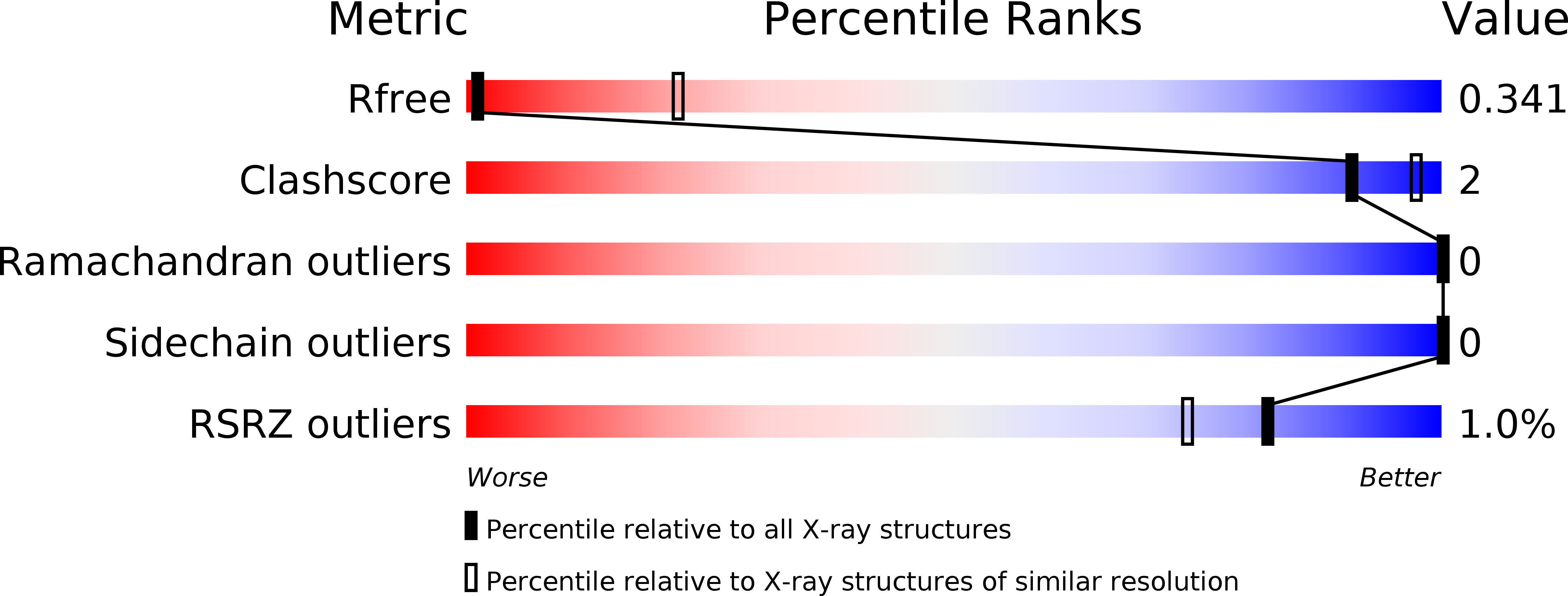
Deposition Date
2017-06-19
Release Date
2017-12-20
Last Version Date
2024-01-17
Entry Detail
PDB ID:
5O9K
Keywords:
Title:
Crystal structure of Murine Histmaine-Releasing Factor (HRF/TCTP)
Biological Source:
Source Organism:
Mus musculus (Taxon ID: 10090)
Host Organism:
Method Details:
Experimental Method:
Resolution:
4.01 Å
R-Value Free:
0.34
R-Value Work:
0.29
R-Value Observed:
0.30
Space Group:
P 21 21 2


